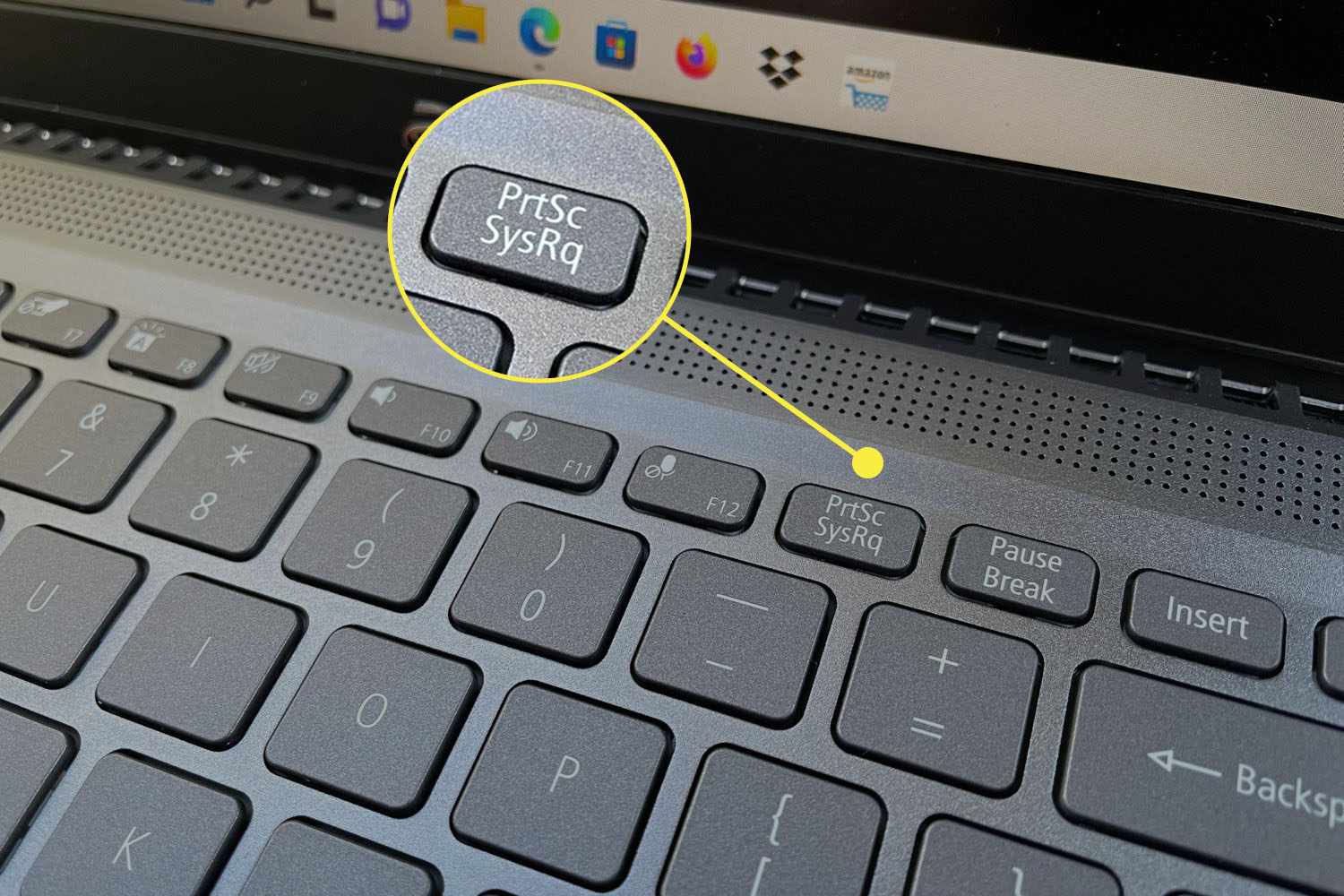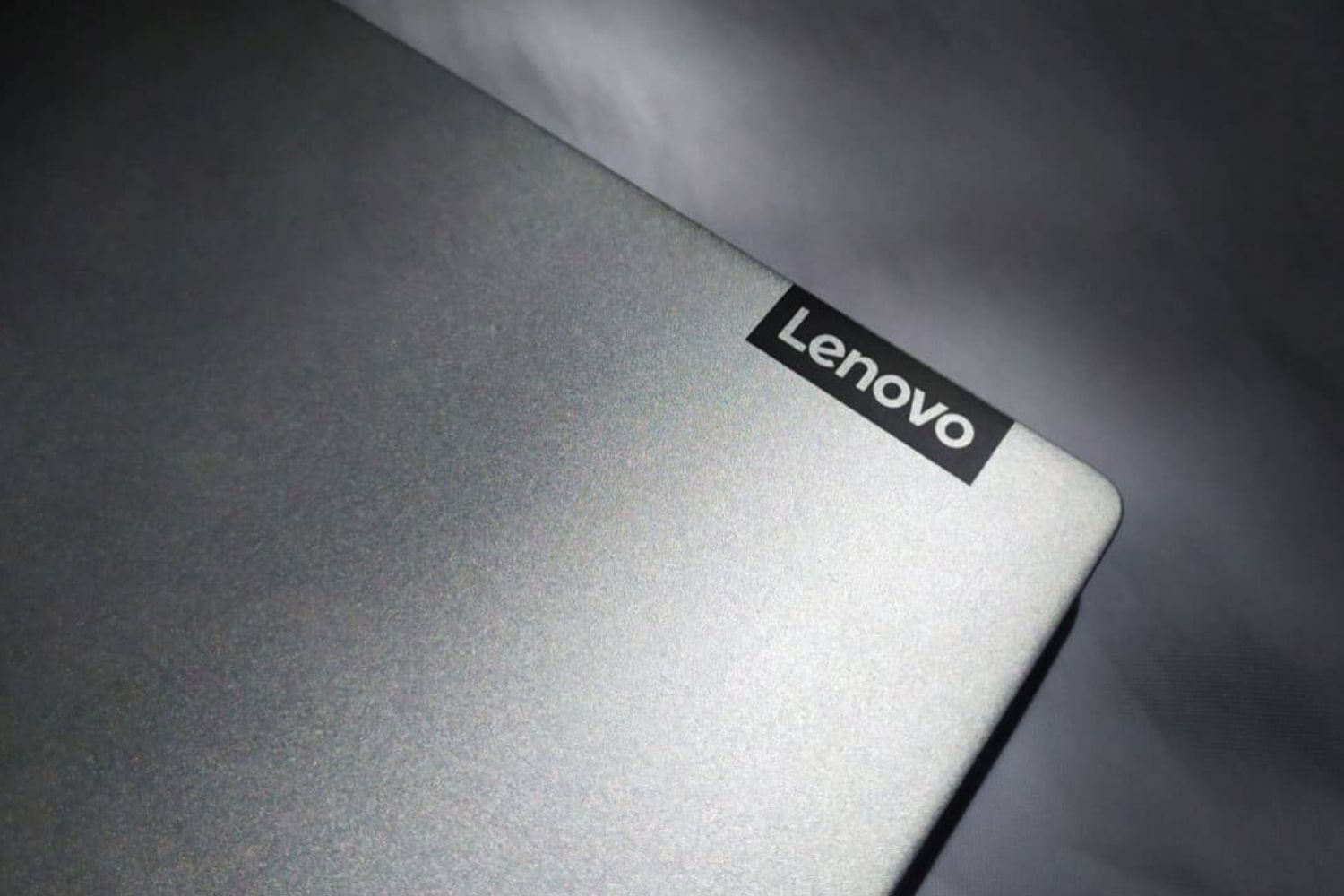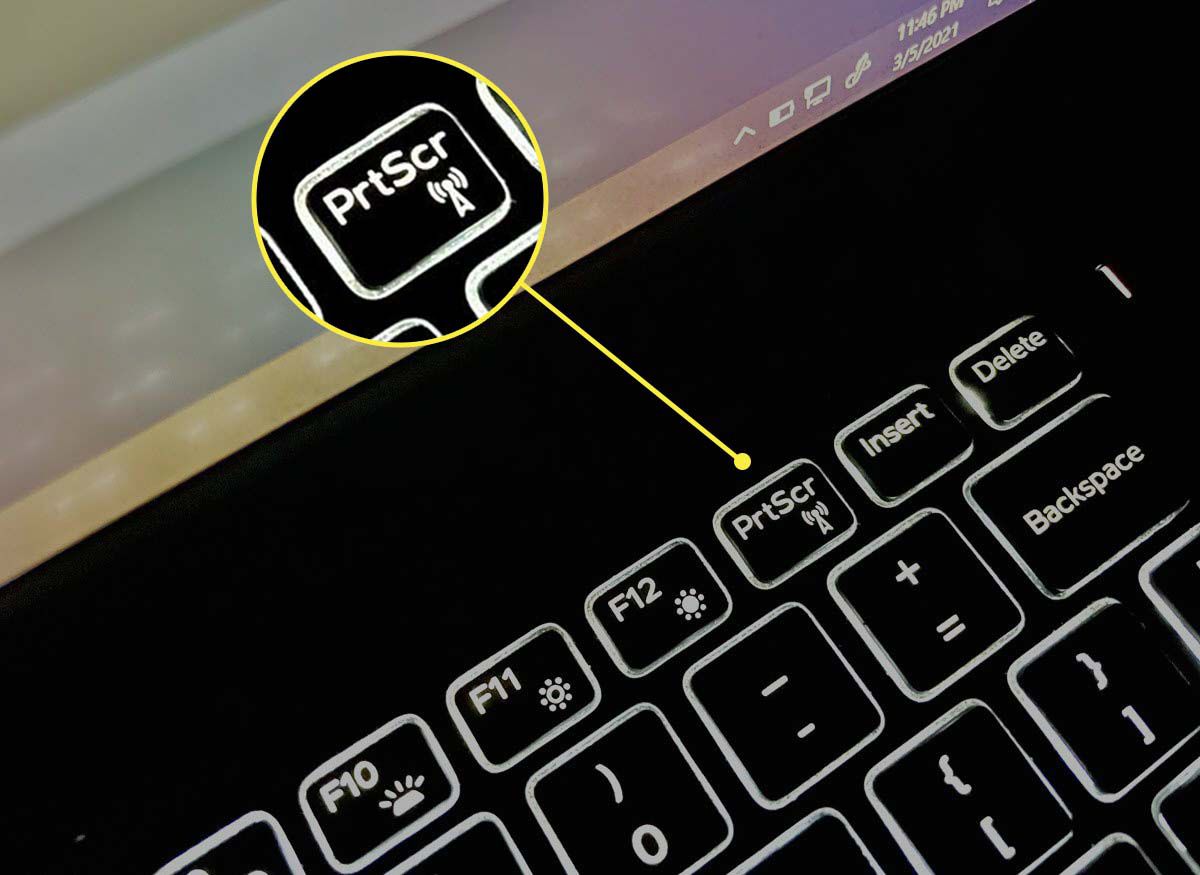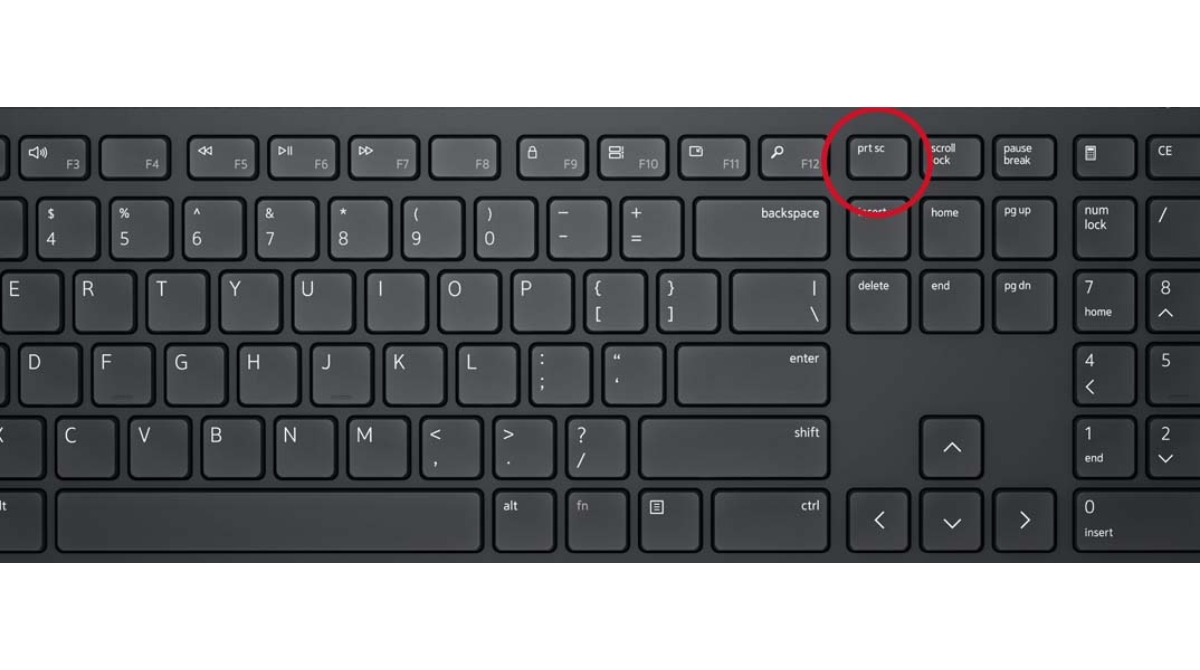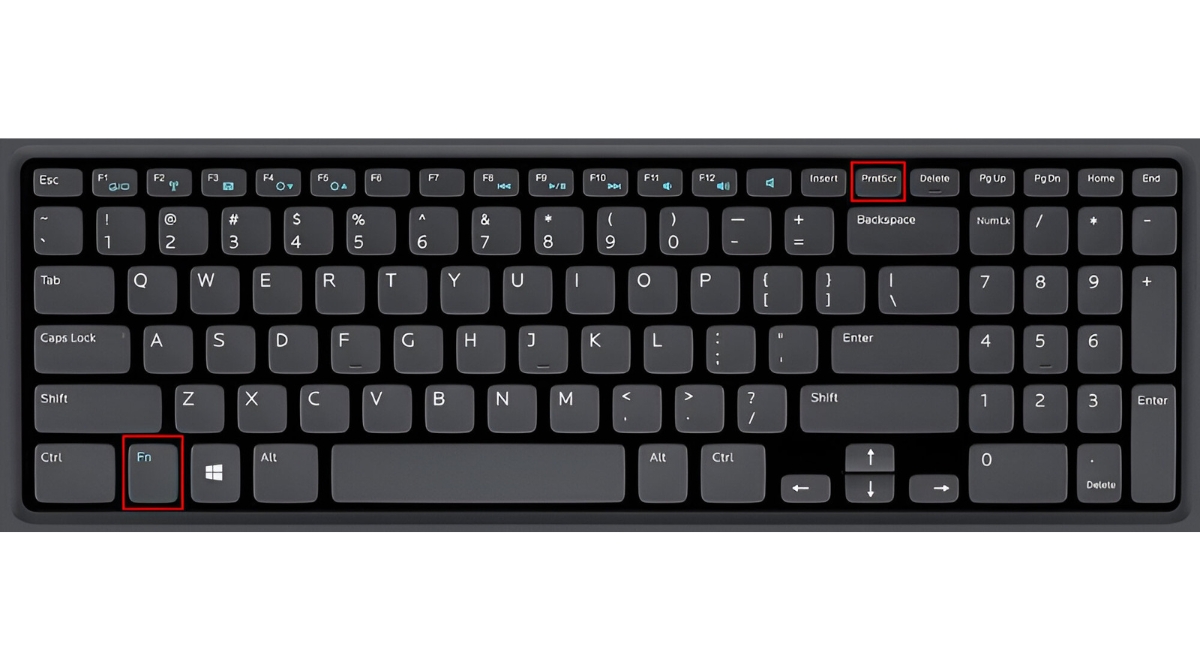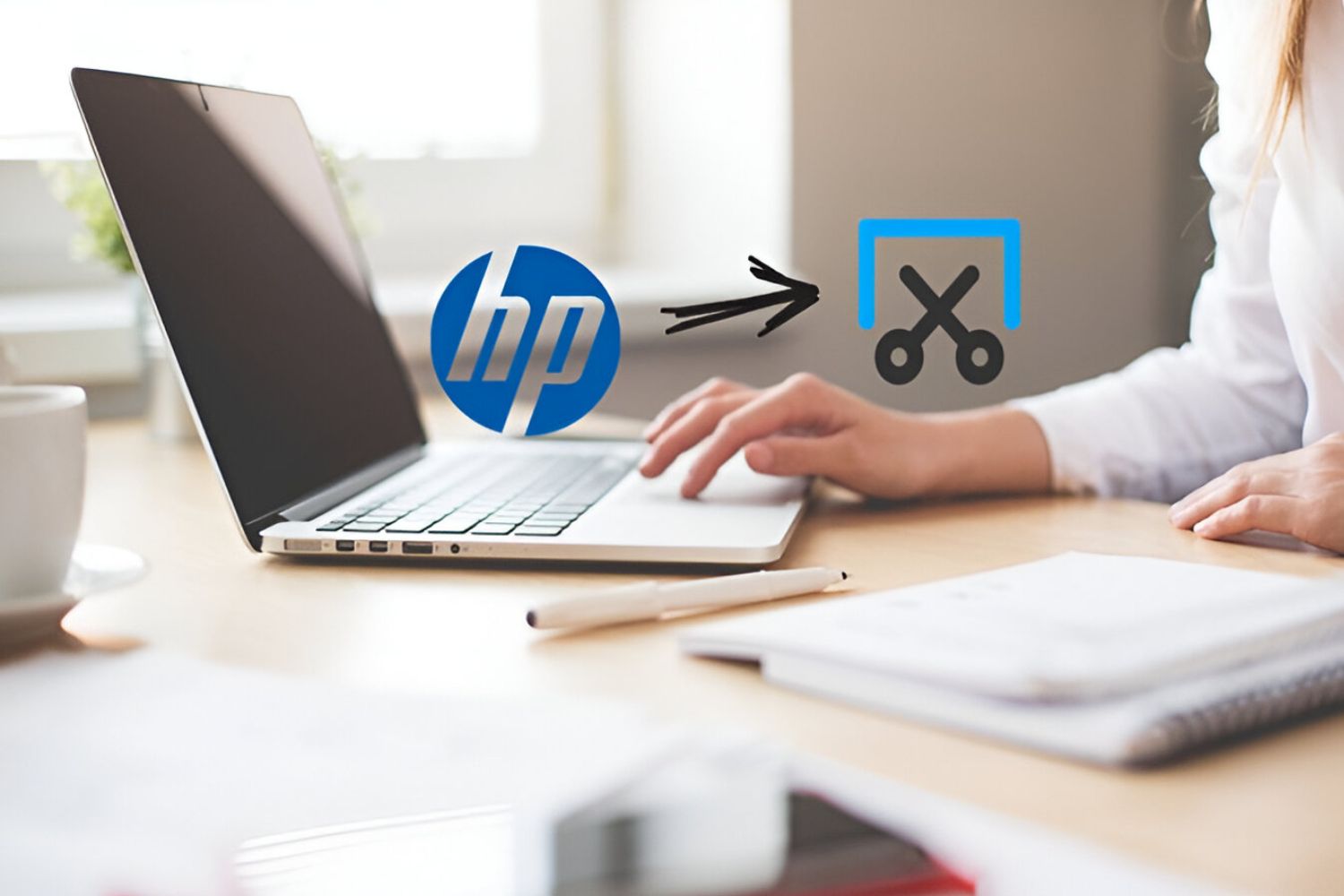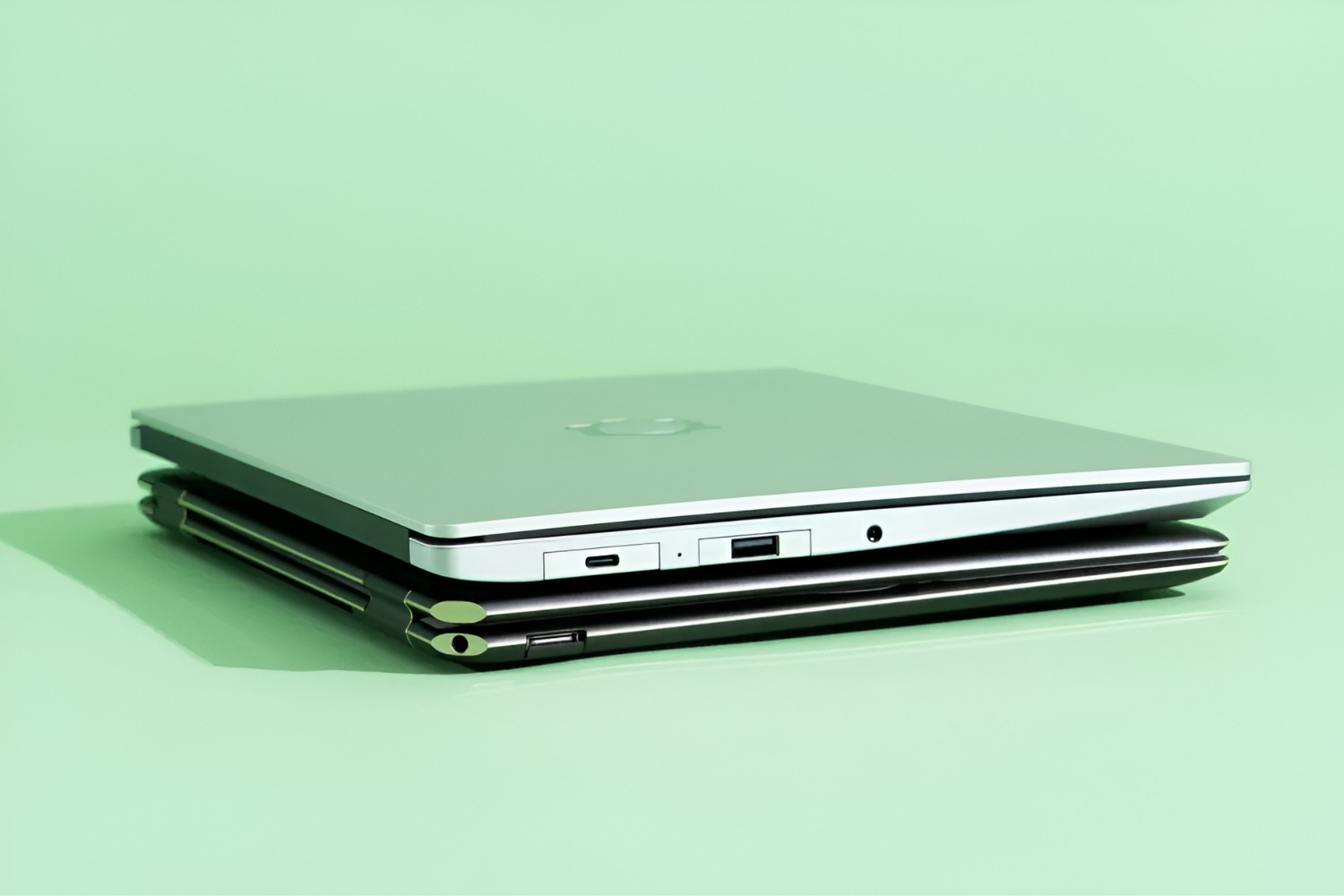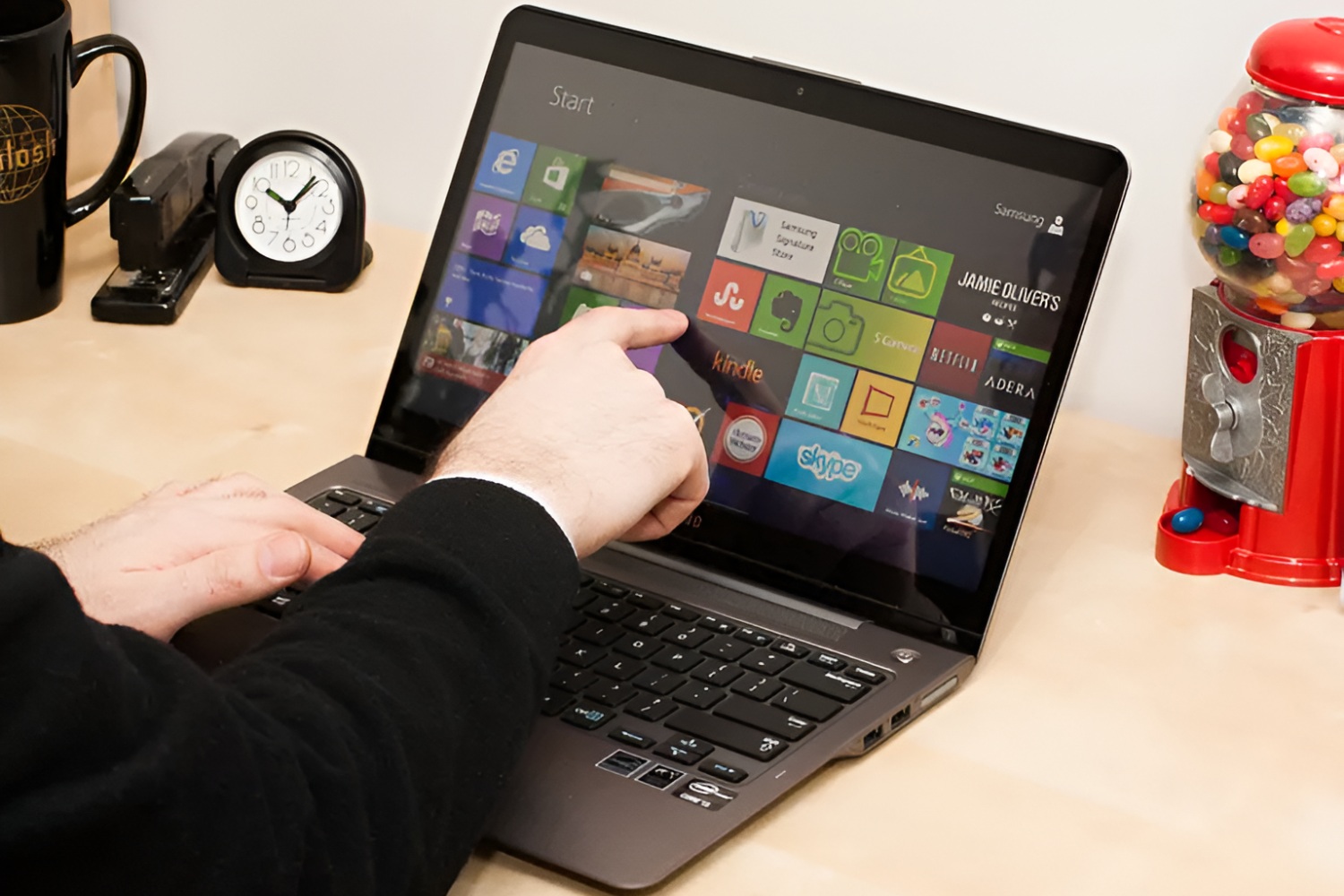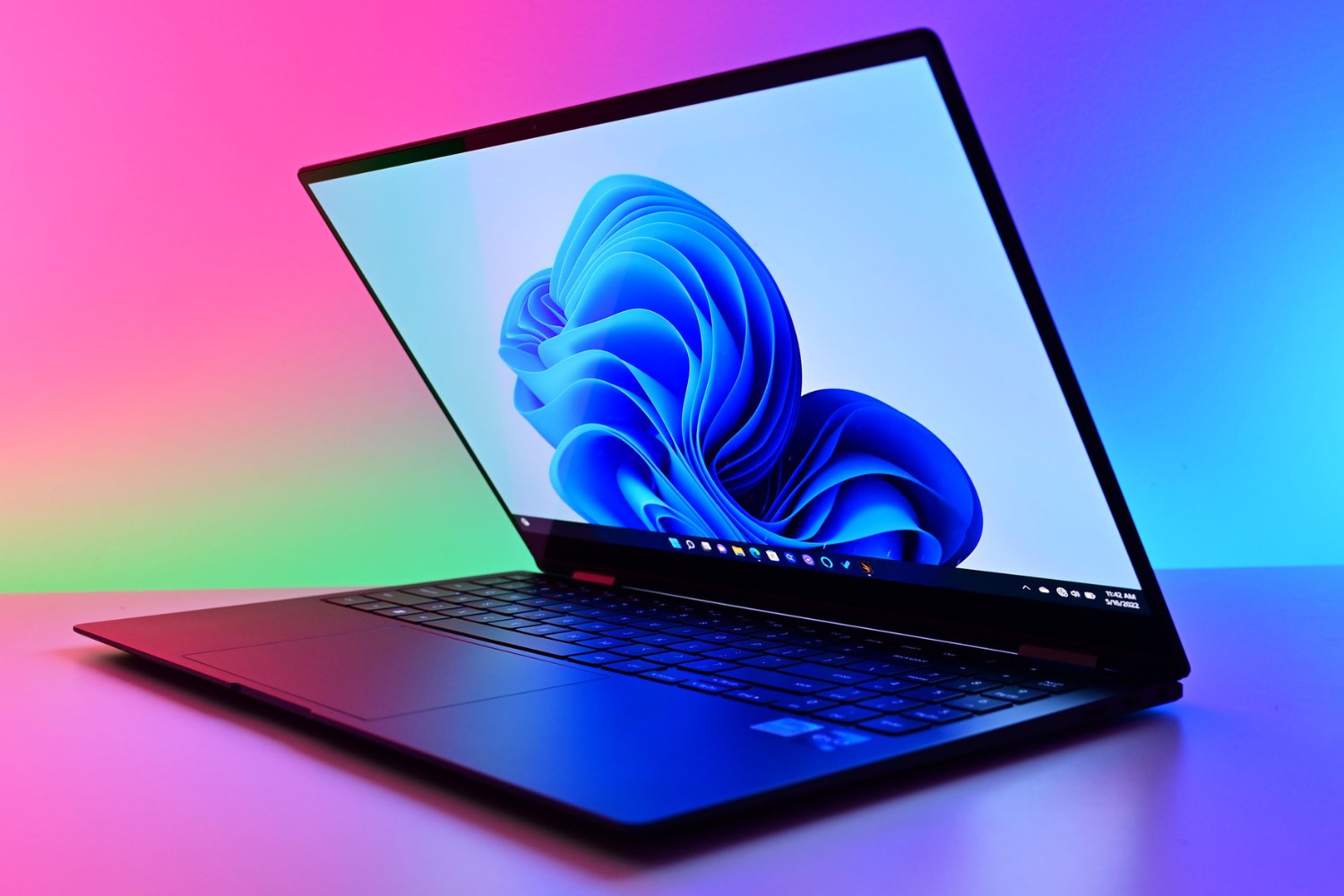Introduction
As technology continues to advance, the need to capture screenshots has become increasingly important. Whether you’re working on a project, troubleshooting an issue, or simply want to save and share something interesting, knowing how to take a screenshot on your Samsung Ultrabook is a valuable skill. Fortunately, Samsung Ultrabooks offer several methods to capture screenshots, allowing you to choose the one that suits your needs best.
In this article, we will explore five different methods to capture screenshots on your Samsung Ultrabook. We will start with the most traditional approach using the Print Screen key, then move on to the built-in Windows Snipping Tool, followed by the Windows Game Bar option. We will also cover the Samsung Capture app, which is designed specifically for Samsung devices, and finally, discuss the option of using third-party screen capture software.
By learning these methods, you will be able to capture screenshots quickly and easily on your Samsung Ultrabook. So, whether you’re a student, professional, or casual user, this guide will provide you with the necessary knowledge to enhance your productivity and communication.
Method 1: Using the Print Screen Key
One of the most straightforward ways to take a screenshot on your Samsung Ultrabook is by using the Print Screen key. This method captures an image of your entire screen and saves it to the clipboard, allowing you to paste it into an image editing program or document.
To use this method, locate the Print Screen key on your keyboard, which is usually labeled as “PrtSc,” “PrtScn,” or similar. Pressing this key will instantly capture a screenshot of your entire screen.
After capturing the screenshot, open a program such as Microsoft Paint, Photoshop, or Word. Once the program is open, press “Ctrl + V” or right-click and select “Paste” to paste the screenshot from the clipboard. You can then save the image in your desired format (JPEG, PNG, etc.) and location for future reference.
It’s important to note that using the Print Screen key will capture everything displayed on your screen, including open windows, the taskbar, and any other visible elements. If you only want to capture a specific part of the screen, refer to the following methods for more precise screenshot options.
Using the Print Screen key is an easy and quick way to capture screenshots on your Samsung Ultrabook. It’s particularly useful when you need to capture the entire screen, such as during presentations or when troubleshooting technical issues.
Method 2: Using the Windows Snipping Tool
If you’re looking for more control and flexibility when taking screenshots on your Samsung Ultrabook, the Windows Snipping Tool is a great option. This built-in tool allows you to capture specific areas of your screen and provides various annotation and saving options.
To access the Snipping Tool, type “Snipping Tool” in the Windows search bar and click on the corresponding result. Once the tool opens, you will see several options, including Free-form Snip, Rectangular Snip, Window Snip, and Full-screen Snip.
– Free-form Snip: This option allows you to draw a free-form shape around the area you want to capture.
– Rectangular Snip: With this option, you can drag your cursor to create a rectangular shape, capturing any content within that area.
– Window Snip: Select this option to capture a specific window or dialog box on your screen.
– Full-screen Snip: As the name suggests, this option captures the entire screen.
After selecting your preferred snipping mode, click and drag your cursor to capture the desired area. Once you release the mouse button, the captured screenshot will open in the Snipping Tool window. From here, you can use the various annotation tools to highlight, draw, or add text to the screenshot, if needed. To save the screenshot, click on the “File” menu and select “Save As” to choose a location and format for the image.
The Windows Snipping Tool offers a user-friendly interface and additional features compared to the Print Screen method, making it a popular choice for capturing screenshots on Samsung Ultrabooks. Whether you need to capture a specific part of the screen, add annotations, or save the image in different formats, the Snipping Tool provides the necessary tools.
Method 3: Using the Windows Game Bar
If you’re using a Samsung Ultrabook for gaming or want a quick and easy way to capture screenshots while playing games or running full-screen applications, the Windows Game Bar is an ideal option. This built-in feature allows you to capture screenshots and record gameplay without the need for any third-party software.
To access the Windows Game Bar, press the “Windows key + G” on your keyboard. This will open the Game Bar overlay, which provides several options for capturing screenshots and recording gameplay.
Once the Game Bar is open, you can click on the camera icon or press “Win + Alt + Print Screen” to take a screenshot. The captured screenshot will be saved to your default “Videos\Captures” folder.
The Game Bar also offers additional features such as recording gameplay footage, broadcasting to platforms like Mixer, and adjusting audio and performance settings. You can explore these features by navigating through the Game Bar overlay.
Using the Windows Game Bar is an excellent choice for gamers or anyone who frequently needs to capture screenshots while running full-screen applications. It provides a convenient and streamlined way to capture and save screenshots without interrupting your gaming or work experience.
Method 4: Using the Samsung Capture App
If you own a Samsung Ultrabook, you can take advantage of the Samsung Capture app to capture screenshots and annotate them with ease. This dedicated app offers an intuitive interface and additional features designed specifically for Samsung devices.
To use the Samsung Capture app, you can either open it from the Start menu or use the shortcut key combination “Fn + Window key + C”. Once the app is open, you will see various capture options displayed on the screen.
– Full-screen Capture: This option allows you to capture the entire screen.
– Window Capture: Use this option to capture a specific window or application on your screen.
– Rectangle Capture: Select this option to capture a specific rectangular area of your screen.
– Freeform Capture: With this option, you can draw a freeform shape around the area you want to capture.
Simply click on your desired capture option and follow the on-screen instructions. Once the screenshot is captured, you can use the editing tools within the Samsung Capture app to annotate the screenshot, such as adding text, arrows, or shapes.
After editing, you can save the screenshot in various formats, including JPEG and PNG, and choose the location where you want to save it.
The Samsung Capture app provides a convenient and user-friendly way to capture and edit screenshots on your Samsung Ultrabook. With its dedicated features and ease of use, it is an excellent choice for Samsung device owners.
Method 5: Using Third-Party Screen Capture Software
If you prefer more advanced features and customization options for taking screenshots on your Samsung Ultrabook, you can explore third-party screen capture software. These applications offer a wide range of features, including flexible capture modes, editing tools, and cloud storage options.
There are many reputable third-party screen capture software options available, such as Snagit, Greenshot, and Lightshot, among others. These software solutions often provide a more comprehensive set of features compared to the built-in Windows methods.
After choosing the software that suits your needs, download and install it on your Samsung Ultrabook. Once installed, open the software and familiarize yourself with its interface and available options.
Most third-party screen capture software offers different capture modes, such as full-screen, specific window, rectangular area, or freeform shape. You can choose the desired mode and capture the screenshot accordingly.
Once the screenshot is captured, many software solutions provide editing tools for annotations, cropping, adding text, and more. This allows you to customize your screenshots to suit your specific requirements.
Additionally, some third-party screen capture software offers features like direct sharing to social media platforms, cloud storage integration, and automatic screenshot organization. These features can streamline your workflow and make it easier to manage and share your captured screenshots.
By using third-party screen capture software, you can unlock advanced features and customization options for capturing screenshots on your Samsung Ultrabook. Whether you need to capture specific areas, edit screenshots, or seamlessly share them, these software solutions provide a powerful and flexible solution.
Conclusion
Taking screenshots on your Samsung Ultrabook can be a useful skill for various purposes, such as saving important information, troubleshooting issues, or sharing interesting content. In this article, we have explored five different methods to capture screenshots on your Samsung Ultrabook.
We started with the traditional approach of using the Print Screen key, which captures the entire screen and saves it to the clipboard. Then, we discussed using the Windows Snipping Tool, which offers more control and annotation options for capturing specific areas of the screen.
Next, we explored the Windows Game Bar, which is ideal for gamers and users who want to capture screenshots while running full-screen applications. We also covered the Samsung Capture app, a dedicated tool for Samsung Ultrabook users, providing an intuitive interface and additional features specific to Samsung devices.
Lastly, we discussed the option of using third-party screen capture software, which offers advanced features and customization options for capturing and editing screenshots on your Samsung Ultrabook.
By learning these methods, you can choose the most suitable approach based on your specific needs. From capturing the entire screen to selecting specific areas and even annotating the screenshots, these methods offer versatility and ease of use.
Remember to choose the method that best fits your requirements, whether you need simplicity and quick access or advanced features and customization options. With these methods at your disposal, you can confidently capture and save screenshots on your Samsung Ultrabook, enhancing your productivity and communication.







